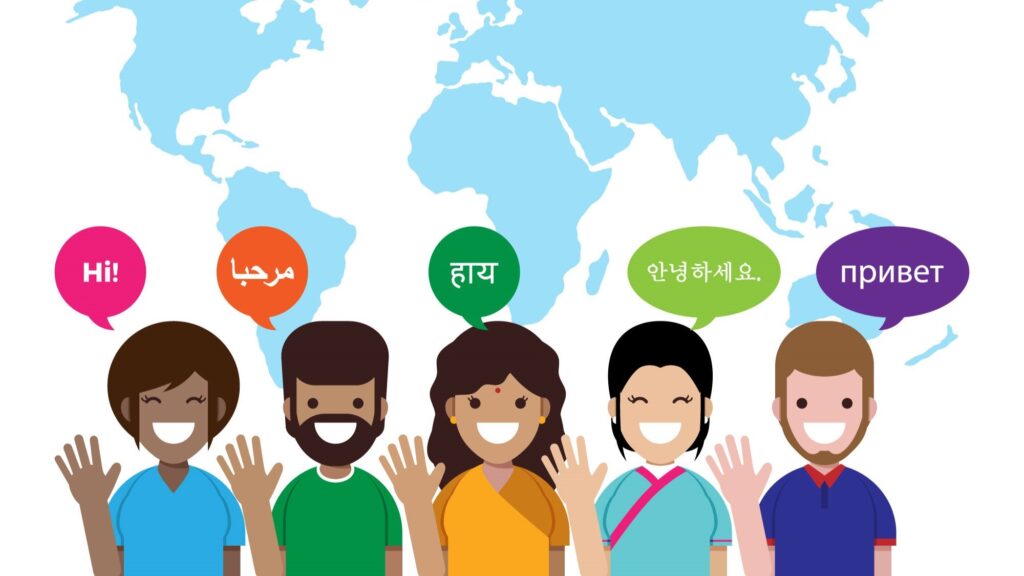
The popularity of online yoga classes has exploded, especially after the COVID-19 pandemic forced a global shift toward virtual wellness. Today, millions of yoga enthusiasts from different parts of the world access yoga sessions via apps, YouTube, and online platforms. As the world becomes more interconnected, language barriers are one of the few remaining challenges. This is where translation plays a pivotal role in helping online yoga instructors connect with a multilingual audience and deliver accessible, meaningful content.
Why Translation Is Critical in Online Yoga Education

As yoga transcends borders, cultural and linguistic diversity becomes a reality. English may be widely used, but millions of potential yoga students prefer learning in their native languages. Clear instructions are vital for yoga, especially for alignment, breathing, and meditation. A mistranslated cue can lead to confusion or even injury. Translation ensures clarity, accuracy, and safety in online yoga practice.
Benefits of Translating Your Online Yoga Classes

1. Expand Global Reach: Translate your yoga classes into Spanish, French, Hindi, Japanese, or German to attract a global audience. For instance, the demand for yoga in Latin America and Europe is growing steadily.
2. Improve Engagement: Learners engage more deeply when content is in their native language. They are more likely to complete the course and recommend it to others.
3. Boost Revenue and ROI: By reaching non-English speakers, you open up new markets and income streams.
4. Improve Search Engine Visibility: Multilingual SEO can help your classes appear in local searches and attract targeted traffic in specific regions.
Real-World Examples of Yoga Brands Going Global with Translation
- Yoga with Adriene: With over 12 million subscribers, Adriene’s YouTube channel offers subtitles in multiple languages, making her sessions accessible worldwide.
- Glo Yoga App: This popular yoga app offers localized experiences in several languages, allowing users to switch between interfaces easily.
- Down Dog App: Known for its user-friendly multilingual voiceover features, Down Dog allows users to choose voice and language preferences for each session.
These brands exemplify how translation and localization can boost user retention, satisfaction, and global growth.
What Content Should You Translate?
- Class Titles and Descriptions: Help users understand what the class covers before joining.
- Video Subtitles and Voiceovers: Ensure learners can follow instructions in real-time.
- Website and Blog Content: Build trust and visibility with localized site experiences.
- Meditation Scripts and Affirmations: Cultural sensitivity matters here.
- Email and Course Communication: Engage students at every touchpoint.
Choosing the Right Translation Strategy for Your Yoga Brand
- Human vs. Machine Translation: While AI tools are fast, they often miss the nuances of yoga terminology. Human translators with yoga expertise are ideal.
- Hire Native Experts: Look for professionals fluent in both yoga and the target language.
- Work with Specialized Agencies: Agencies like VerboLabs offer subject-matter experts who understand the philosophy and physicality of yoga.
Localization vs. Translation: Why It Matters
Translation converts words, while localization adapts content to cultural preferences. For instance:
- Sanskrit phrases like “Pranayama” or “Shavasana” may require context in non-Indian cultures.
- Instructions like “sit cross-legged” may need alternatives in cultures where that position isn’t common.
- Localized content resonates more deeply and improves comprehension.
How to Start Translating Your Yoga Content

- Identify Target Languages: Analyze your audience demographics.
- Choose Your Format: Subtitles, dubbing, or translated PDFs.
- Use Translation Tools: YouTube Studio for subtitles or LMS that supports multiple languages.
- Hire Translators or Agencies: Ensure quality and consistency.
- Test and Collect Feedback: Pilot test translations with native speakers.
Common Challenges in Yoga Content Translation (and Solutions)
- Terminology Complexity: Use glossaries and style guides to maintain consistency.
- Maintaining Tone and Style: Transcreation (creative translation) helps retain the instructor’s personality.
- Time-Stamped Media: Use professional subtitle services to ensure syncing is accurate.
Final Thoughts
Translation is no longer optional for online yoga instructors—it’s essential. By speaking your students’ language, you open doors to deeper connection, cultural respect, and international growth. Embrace language inclusivity to transform your yoga brand into a global community.

Ready to Translate Your Yoga Classes?
Partner with VerboLabs to provide accurate, culturally sensitive, and professionally translated yoga content. Connect with global learners and grow your yoga community.
FAQs
To reach global students, improve engagement, and ensure safety.
Depends on language, content type, and volume. Agencies offer custom quotes.
Start with Spanish, French, German, and Hindi depending on your target audience.
They’re fast but prone to errors. For accurate yoga content, human translation is best.
Use professional localization services that adapt UI, voice, and instructional content.



